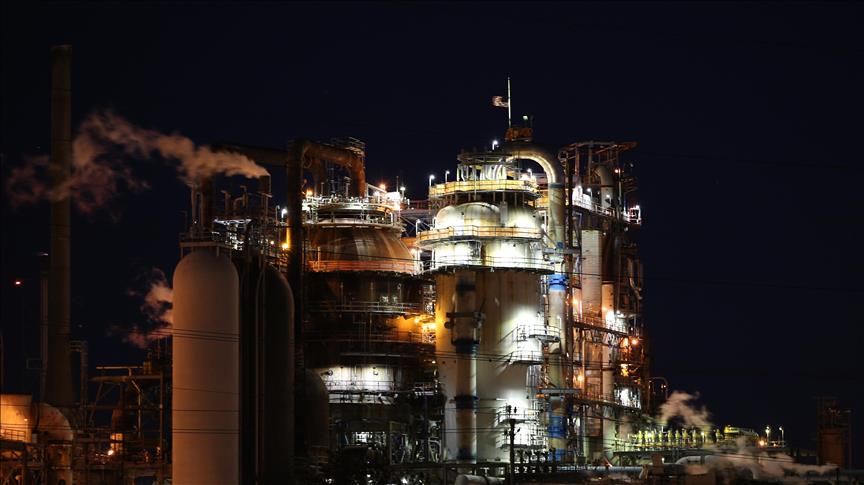Oil prices decreased during the week ending Nov. 11, as investors focus on risks on demand side in the US and China despite easing inflation concerns in the US and improvement in China’s COVID-19 restrictions.
International benchmark Brent crude traded at $96.35 per barrel at 3.25 p.m. local time (1225 GMT) on Friday for a 0.98% decrease from the opening price on Monday of $97.31 a barrel.
American benchmark West Texas Intermediate (WTI), trading at $89.22 per barrel at the same time, saw a 1.95% fall compared to Monday’s opening at $91 a barrel.
Oil market started the week with a bearish sentiment over demand concerns as China reaffirmed its unwavering adherence to its long-standing ‘zero-COVID’ policy amid fears of falling oil demand.
China’s strict pandemic policies ‘are completely correct, and the most economical and effective,’ said Hu Xiang, a disease control official, on Monday.
However, according to official customs data, China’s imports of crude oil increased in October for the first year-on-year growth since May, to 43.14 million tons.
Although the country loosened some of its strict COVID regulations on Friday, including the two-day quarantines for visitors and close contacts of sick people, as well as fines for airlines that brought in an excessive number of cases, its strict ‘zero-COVID’ policy continues putting downward pressure on prices.
The looming sanctions deadline on Russian oil exports to Europe, which takes effect on Dec. 5, is also weighing on the market, supporting upticks in the prices.
Demand woes deepened further after the Energy Information Administration (EIA) said US commercial crude oil inventories rose by around 3.9 million barrels to 440.8 million barrels, against the market expectation of an increase of around 1.1 million barrels.
Prices pared some of their losses as better-than-expected inflation data in the US raised hopes for a demand improvement in the world’s largest oil-consuming country.
The consumer price index (CPI), which measures changes in the prices of goods and services from a consumer’s perspective, came in at 7.7% in October, easing from the 8.2% annual gain in September, according to Labor Department figures.
The slowdown in inflation reassured investors that the Fed could take its foot off the throttle in increasing interest rates in the coming months.

